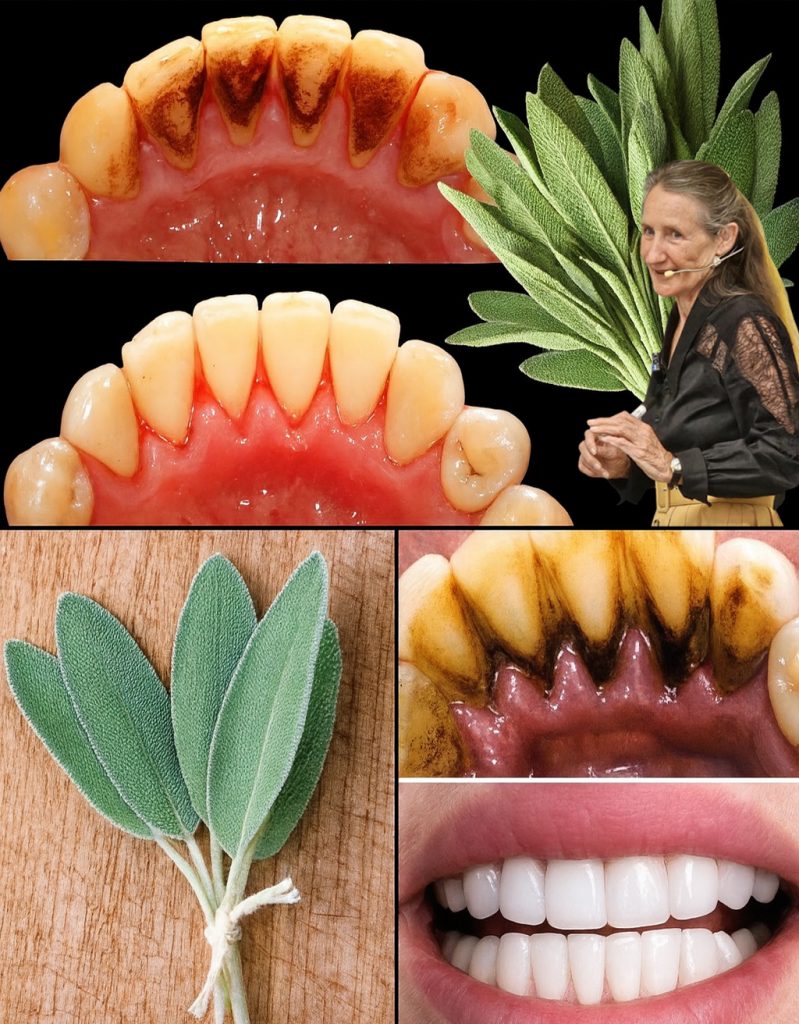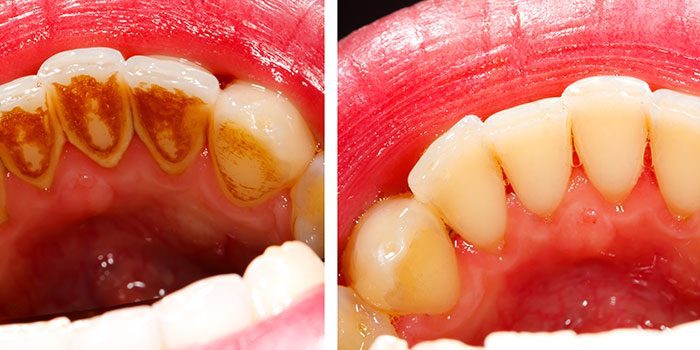Sage (Salvia officinalis) is a versatile herb widely celebrated in traditional and herbal medicine for its antiseptic, astringent, and anti-inflammatory properties.1 For oral health, sage leaves are a time-honored remedy, with their natural compounds offering a dual benefit: combating the bacteria that cause tartar and providing a gentle way to polish away surface stains for a whiter smile.2

How Sage Leaves Benefit Oral Health
The sage leaf’s potency comes from its essential oils, tannins, and other phenolic compounds, which provide specific benefits for your teeth and gums:3

- Combats Tartar and Plaque: Sage possesses strong antibacterial properties, which have been shown in studies to effectively inhibit the growth of bacteria like Streptococcus mutans—the primary culprit behind plaque formation that hardens into tartar.4 By reducing the source of the problem, sage aids in plaque control.
- Natural Teeth Whitening/Cleansing: The leaves contain natural oils and mild abrasive/astringent elements that help lift and scrub away surface stains and discoloration from coffee, tea, and other food.5 This results in a naturally cleaner, brighter smile.
- Soothes Gum Inflammation: Its anti-inflammatory action is highly beneficial for treating and preventing gingivitis and periodontal issues, reducing the swelling and bleeding of irritated gums.6
- Astringent and Firming: The tannins in sage have an astringent effect, helping to tighten and firm the gums.
- Freshens Breath: By eliminating the bacteria that cause volatile sulfur compounds (VSCs), sage effectively tackles the root cause of bad breath (halitosis).7
Simple Methods for Using Sage Leaves

You can incorporate sage into your daily routine in simple, natural ways:
1. Direct Rubbing (Traditional Cleansing)
- Action: Take 1–2 fresh sage leaves.8
- Use: Gently rub the leaves directly onto the surface of your teeth and gums, focusing on areas prone to staining and plaque buildup.9 The mild cleansing action helps polish the enamel. Rinse your mouth thoroughly afterward.
2. Sage Leaf Powder (Natural Toothpaste)
- Preparation: Dry fresh sage leaves completely (you can air dry them or use a dehydrator). Once brittle, grind them into a fine powder.10
- Use: Dip a wet toothbrush into the powder and brush your teeth gently. You can enhance the effect by mixing the sage powder with a pinch of salt or a tiny amount of baking soda.11
3. Sage Mouthwash (Gargle)12
- Preparation: Steep 1 tablespoon of fresh or dried sage leaves in 1 cup of hot (but not boiling) water for 15 minutes.13 Strain and let the liquid cool completely.
- Use: Gargle and swish the sage infusion around your mouth for 30–60 seconds after brushing or between meals to kill bacteria and reduce inflammation.
Crucial Dental Caution: While natural remedies can be an excellent complement to oral care, they cannot remove hardened tartar (calculus). Once plaque calcifies into tartar, it must be professionally removed by a dentist or dental hygienist. Use sage as a preventative and cleansing measure, but maintain regular brushing, flossing, and professional dental check-ups for optimal oral health.









